- Home
- slideshows
- miscellaneous
- Dodge is killing its Grand Caravan soon - see how it kicked off the rise and fall of the American minivan
Dodge is killing its Grand Caravan soon - see how it kicked off the rise and fall of the American minivan
After nearly 40 years, Fiat Chrysler will stop building what many consider to have been the first minivan on the market — the Dodge Caravan — next month.

By some accounts, the Volkswagen Microbus — introduced in 1950 — was the original minivan.
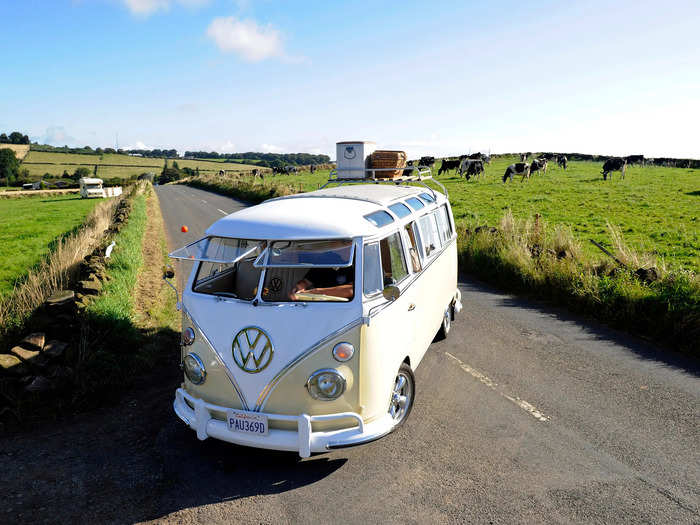
Others point to even older vehicles like the Stout Scarab, a beetle-like affair from the mid 1930s.
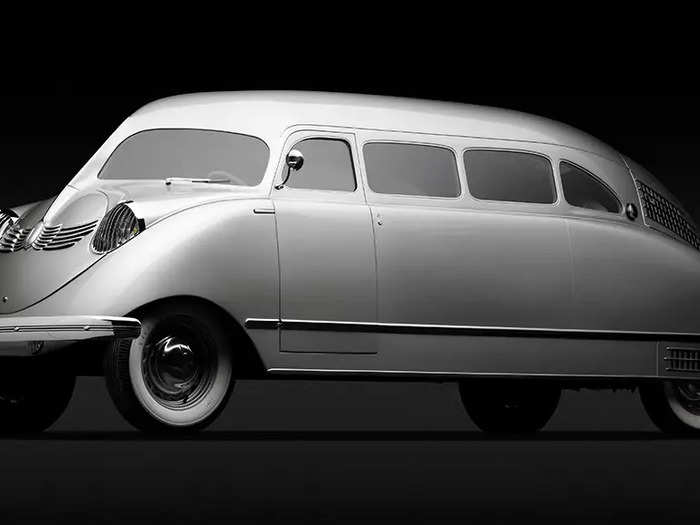
But ask others, and all roads lead to Chrysler — more specifically, the 1984 model year.

That year, Chrysler introduced Dodge Caravan and its Plymouth Voyager sibling — kicking off a minivan boom that lasted from the mid 1980s to the early 2000s.
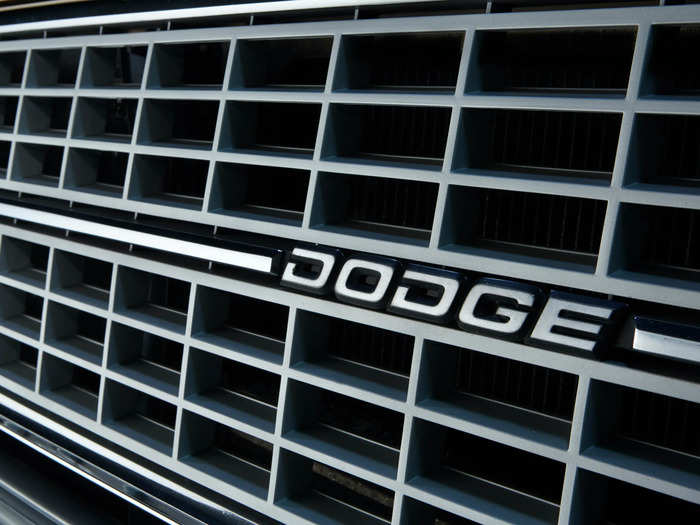
Source: The New York Times
Lee Iacocca, the legendary auto executive credited with bringing the Ford Mustang to life in the 1960s, spearheaded the minivan project at Chrysler after joining the company in the late 1970s.
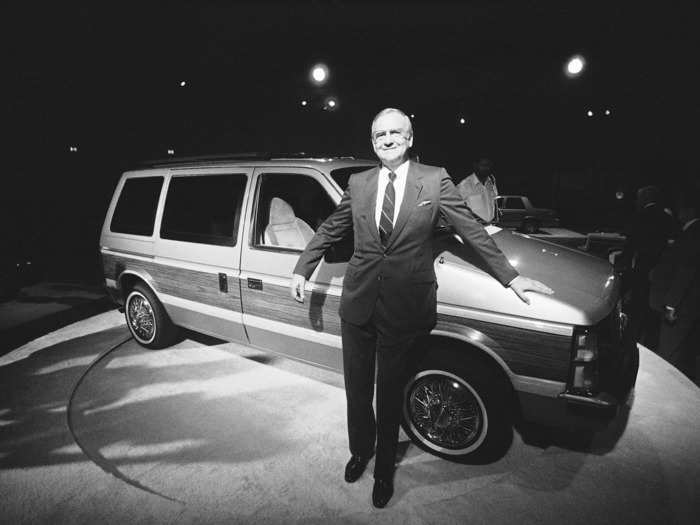
Read more: Business Insider
Chrysler was struggling to stay afloat, having received a $1.5 billion loan guarantee from the US government. The minivan turned out to be the hit it needed.

Source: US Government, Reuters
Iacocca committed nearly half that amount — roughly $700 million — to the minivan project and to outfitting the Chrysler plant in Windsor, Ontario, where it would be assembled.
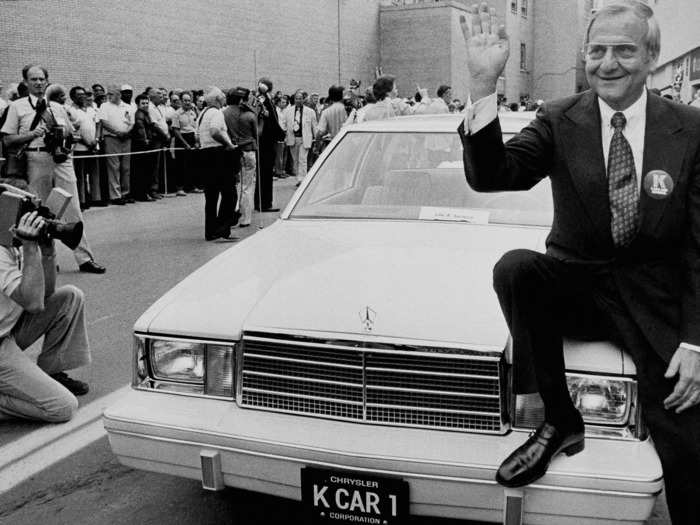
Source: Fortune
The Caravan and Voyager combined traditional van with station wagon, making them a strong challenger to the latter.
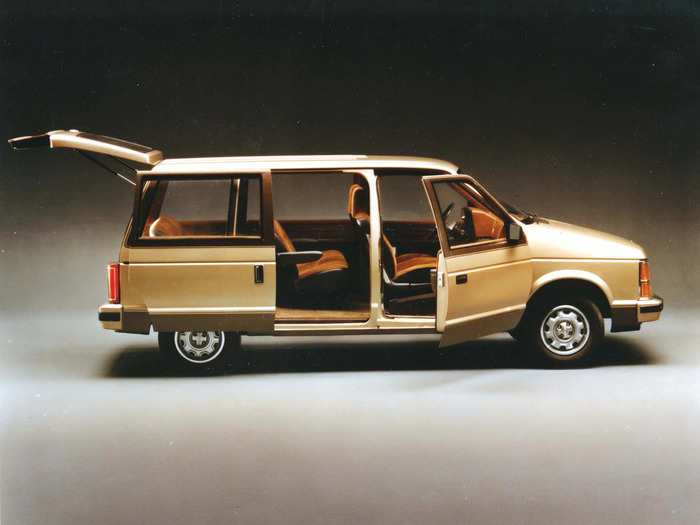
Early Caravan ads described it as "one vehicle that takes the place of an economy car, sporty car, station wagon, and van."
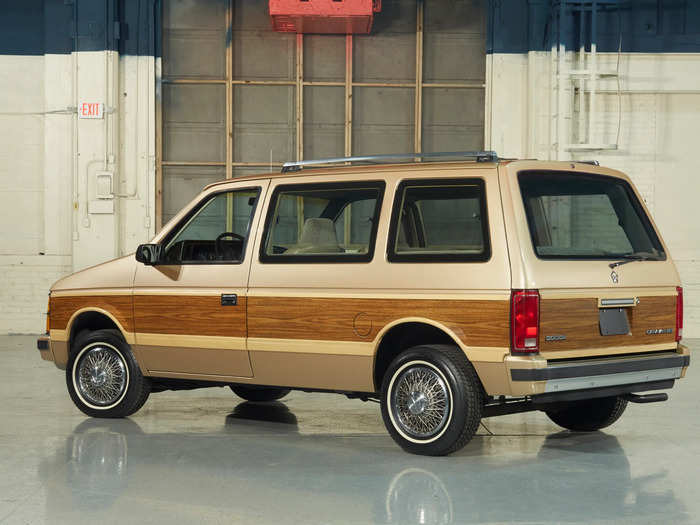
Source: Youtube
It was a "transportation revolution," the ads said.
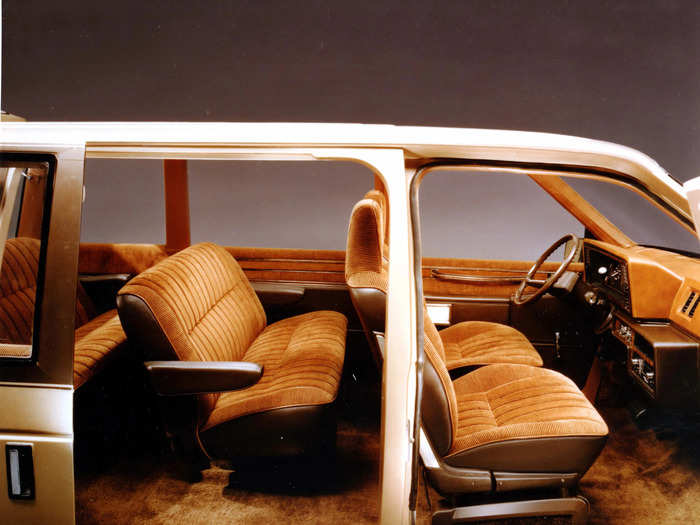
Chrysler's vans became an overnight success, with the company selling an astonishing 209,000 minivans in the first model year.
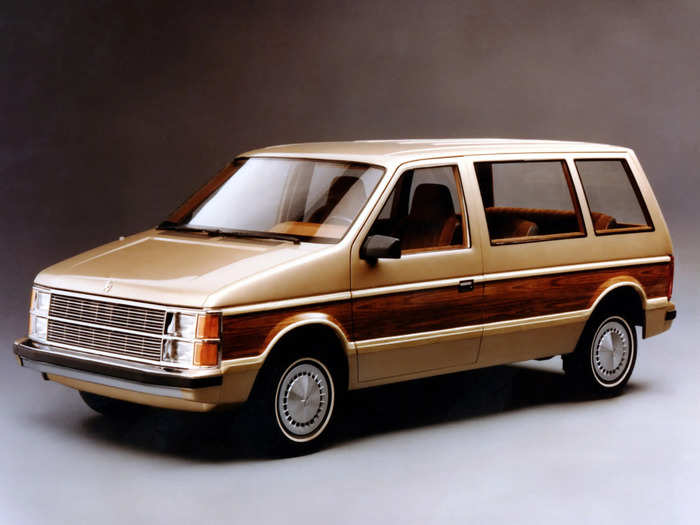
Source: The New York Times
Soon, other automakers wanted in on the action, and a flurry of new minivans hit the market.
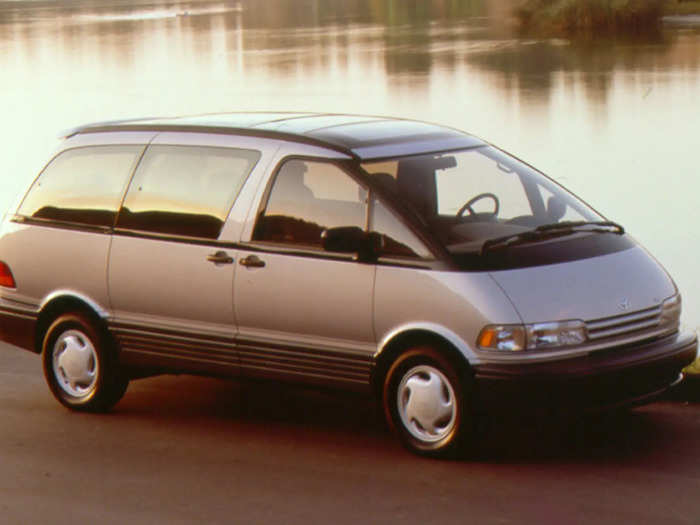
General Motors launched the Chevrolet Astro and GMC Safari …
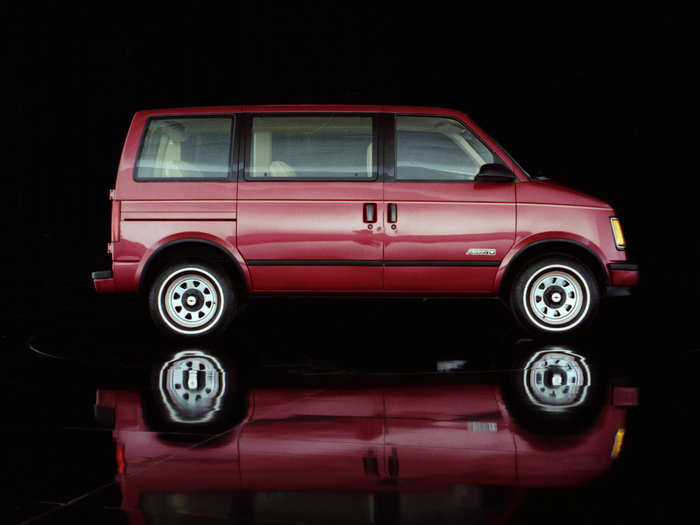
... Ford rolled out the Aerostar …
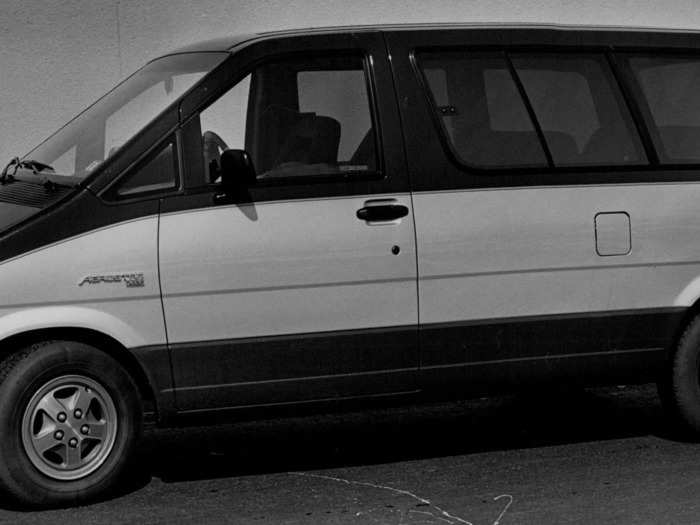
… and Toyota brought its aptly named Passenger Van to the market.
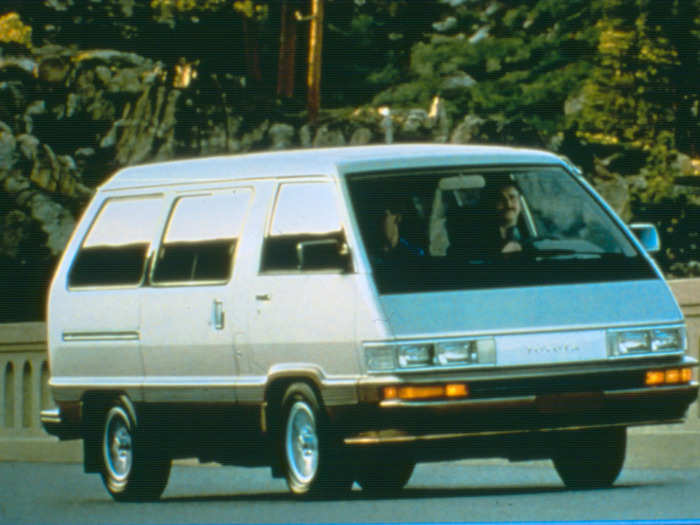
The Passenger Van had a unique mid-engine layout, and, perhaps more uniquely, an ice maker.
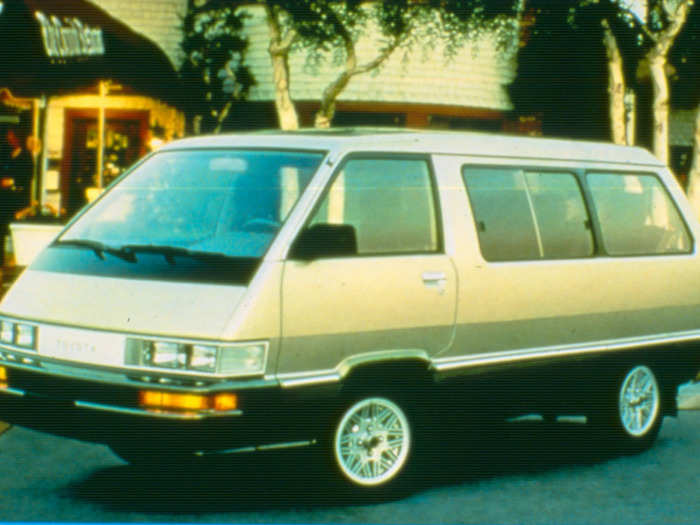
Source: Popular Mechanics
GM eventually introduced a van trio with dustbuster-like styling: the Oldsmobile Silhouette, the Pontiac Trans Sport, and the Chevy Lumina APV.
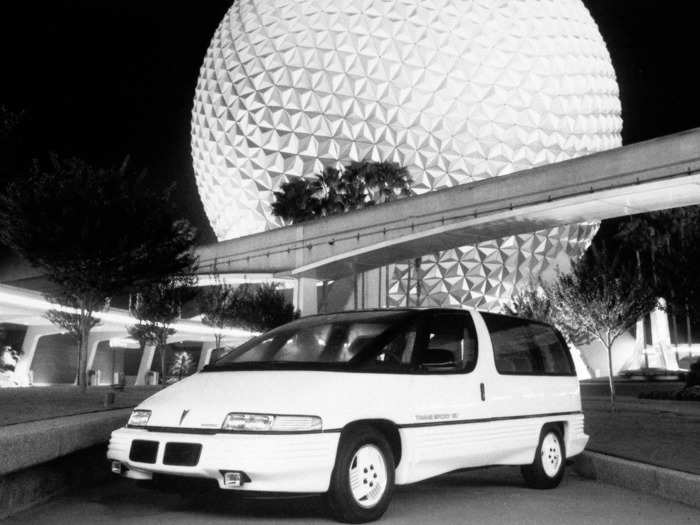
Chrysler followed up its two wildly successful first vans with the upscale Chrysler Town and Country in 1990.
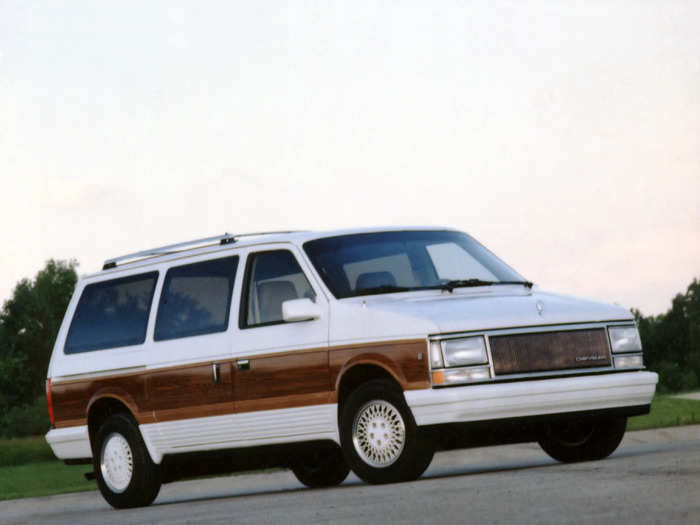
MotorWeek called the Town and Country a van for "rich people" at the time due to its sticker of about $25,000 — roughly $50,000 today. For comparison, the 2020 Chrysler Pacifica starts at around $30,000.
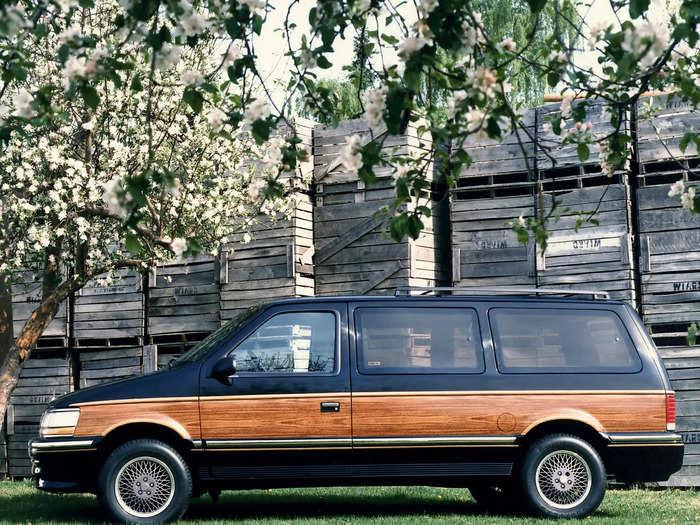
Source: MotorWeek
That year, Toyota ditched the Van for the Previa — an egg-like mid-engine van with a supercharged variant.
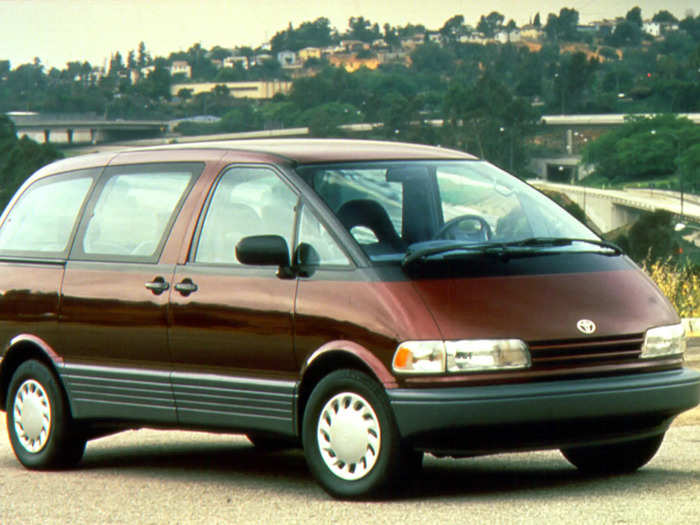
Source: Autotrader
By 1991, Chrysler's vehicles accounted for half of all minivans built across the industry. By the latter part of the decade, Chrysler was selling upward of 600,000 minivans each year.
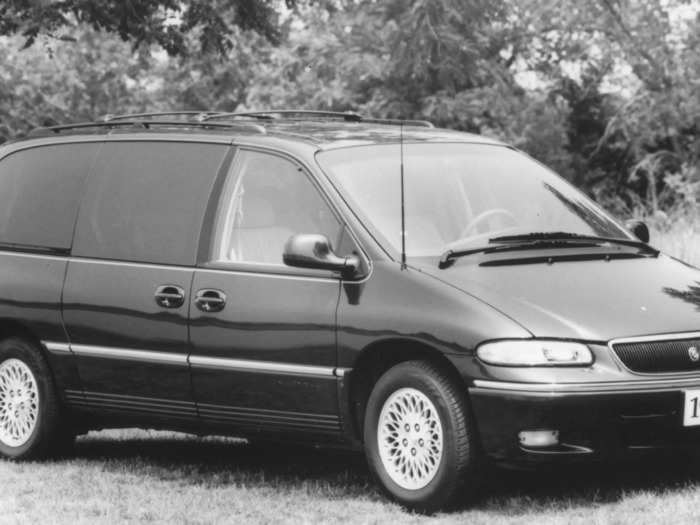
Also in 1991, Chrysler pioneered a driver-side sliding door. The popular feature was soon adopted by other brands, but gave Chrysler a brief-yet-significant edge over the competition.
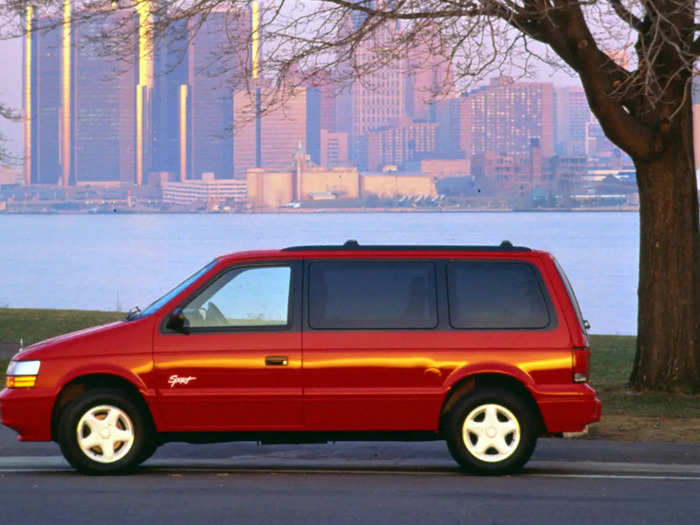
Despite Chrysler's dominance, other manufacturers held out hope they could win some market share with new offerings. In 1995, Honda launched the Odyssey …
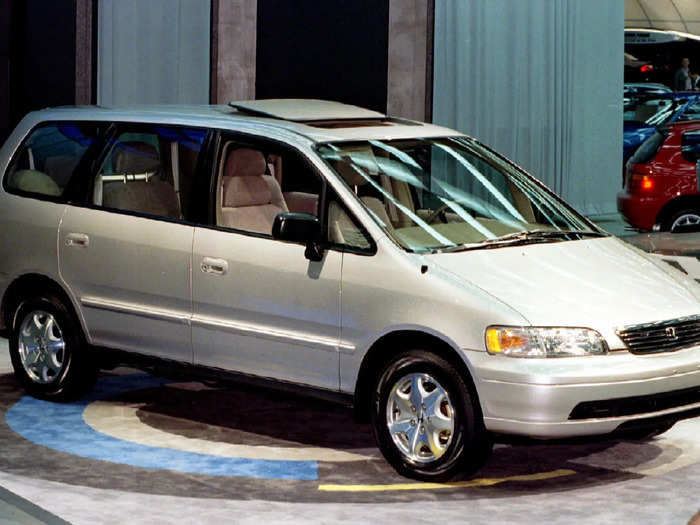
... while in 1997, Toyota released its Camry-based Sienna.
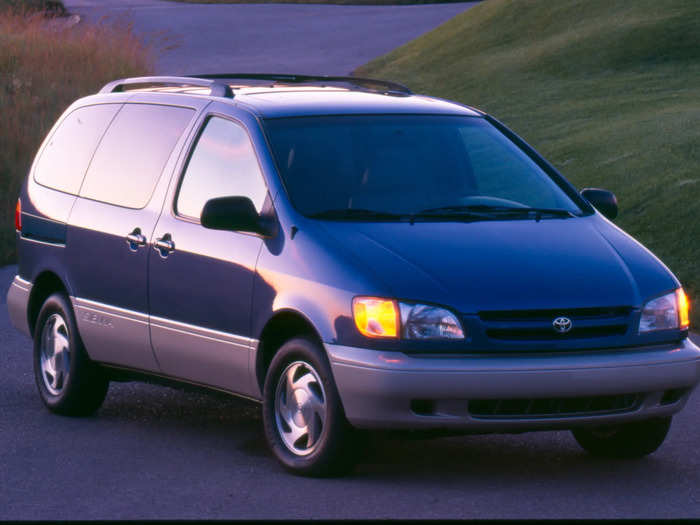
Smaller makes like Kia and Nissan got in the game as well, while Mazda launched its second-generation MPV, which stood for "multi-purpose vehicle."
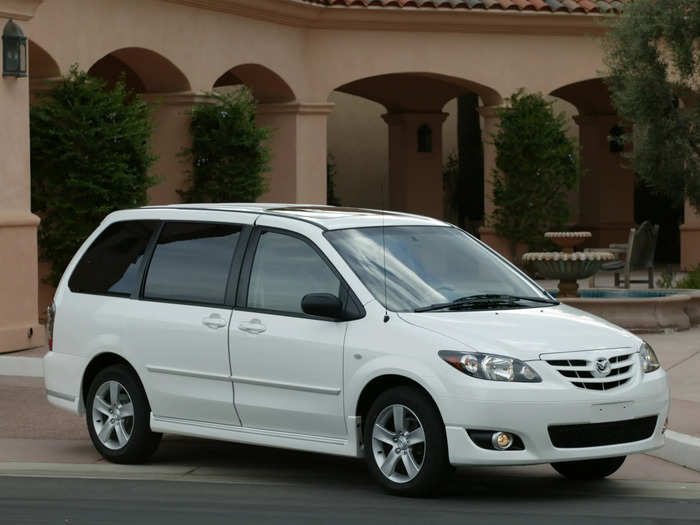
The US minivan market peaked in 2000, when nearly 1.4 million minivans were sold.
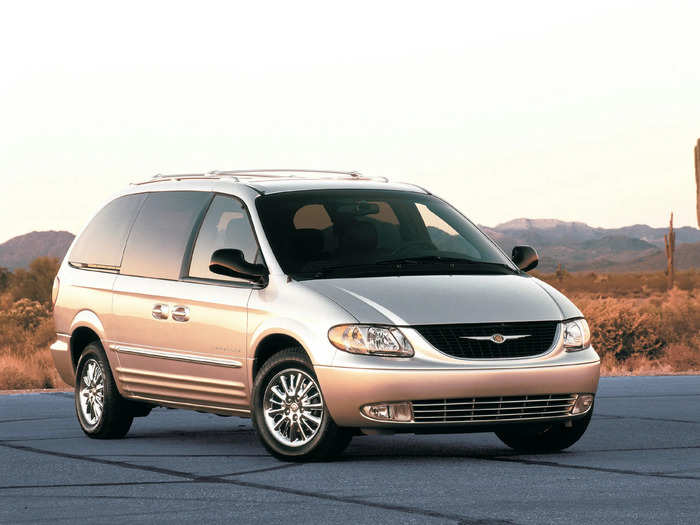
Source: Automotive News
In the years since, annual minivan sales have dropped steadily and the field has thinned out. Minivans only made up 2.8% of US car sales in 2018.
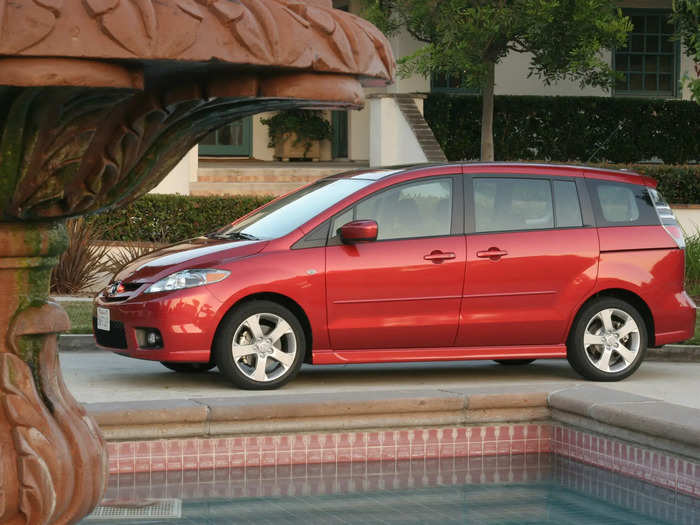
Source: Automotive News, The Wall Street Journal
That's at least partially due to the increasing popularity of SUVs and crossovers ...
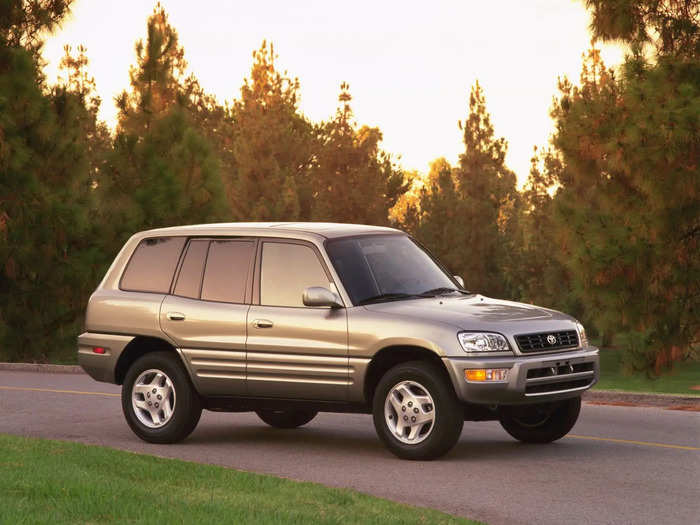
... which have swiftly displaced minivans, sedans, and wagons to become the latest car boom.
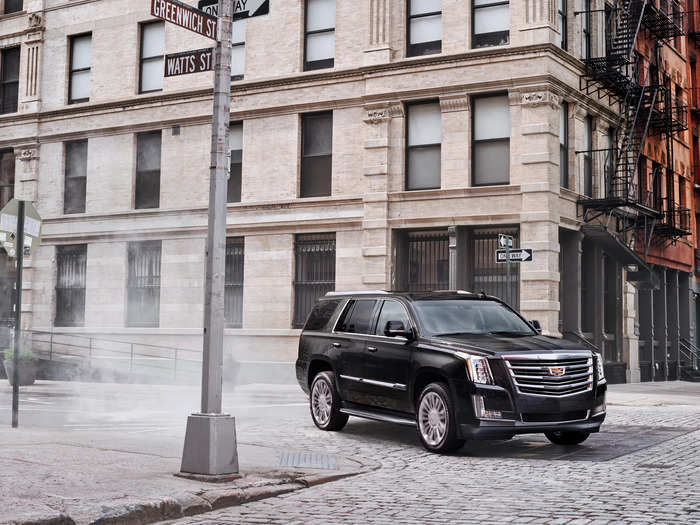
It looked like super-fast luxury minivans might have their moment when Mercedes-Benz introduced the R-Class in 2005.
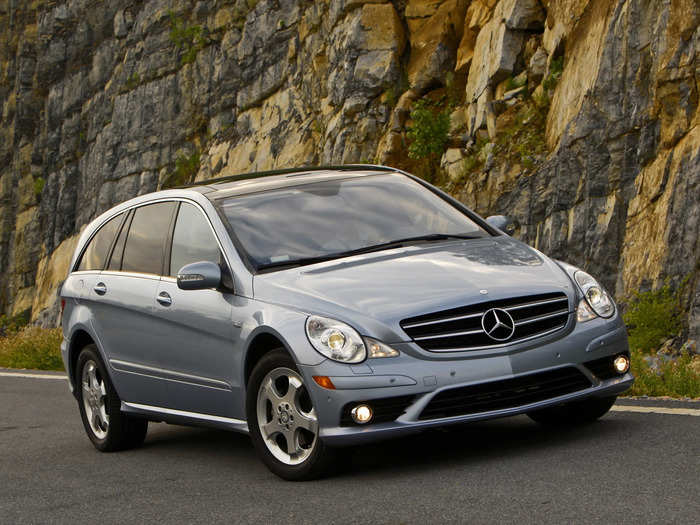
The quasi-minivan offered an AMG-treated, 507-horsepower version, but Mercedes nixed the model in the US after 2012.
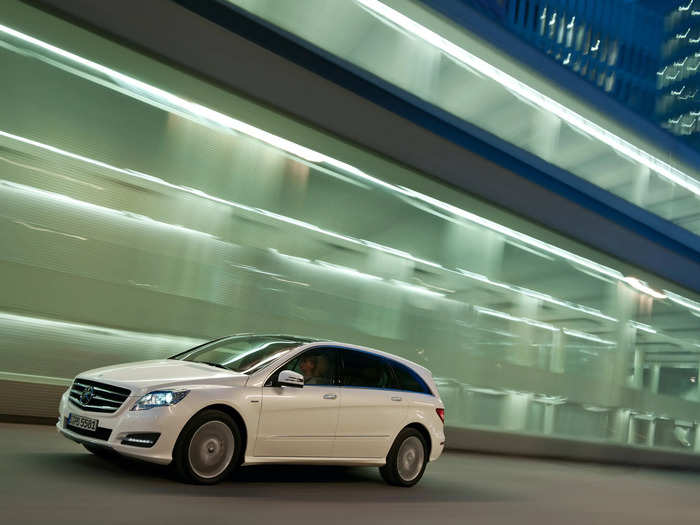
Source: Car and Driver
Neither GM nor Ford sell a minivan today, and aside from Fiat Chrysler's vans — the Pacifica, Voyager, and Grand Caravan — the only minivans you can buy in the US are the Kia Sedona ...
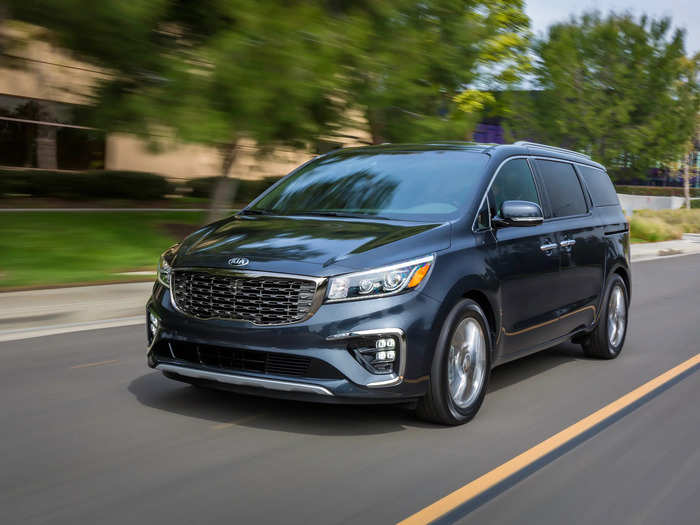
... the Honda Odyssey ...
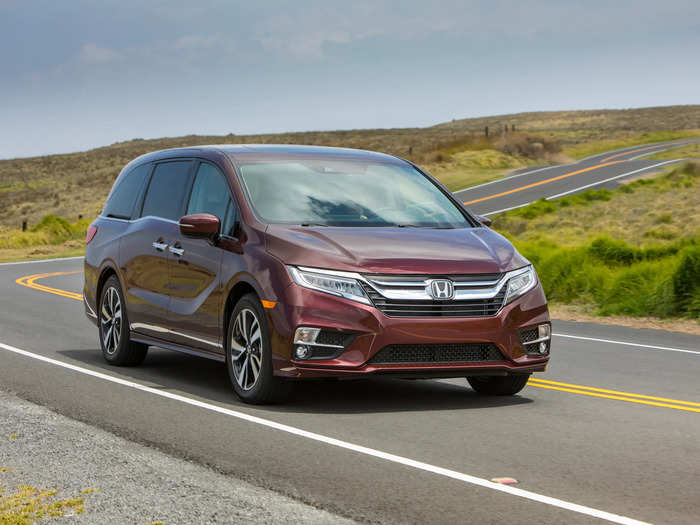
... and the Toyota Sienna.
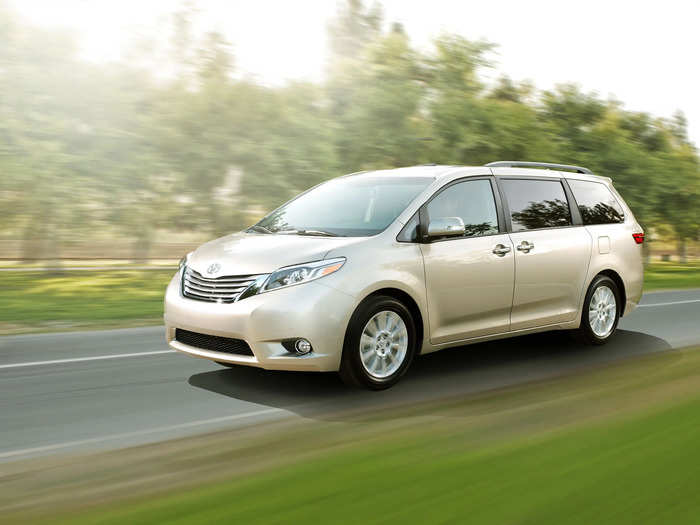
In 2019, Fiat Chrysler celebrated its 15 millionth minivan sold. It led the US minivan market that year, capturing more than half of the segment's sales.
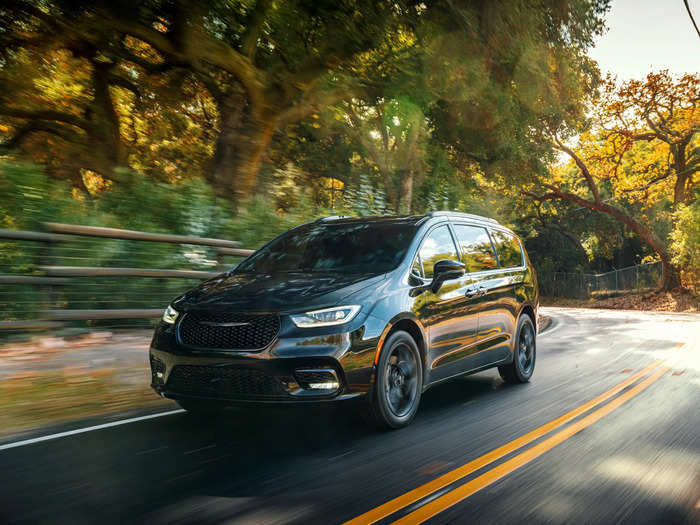
Source: FCA
But despite the Dodge Grand Caravan being America's best-selling minivan last year, FCA has decided to phase the model from production at the end of May.
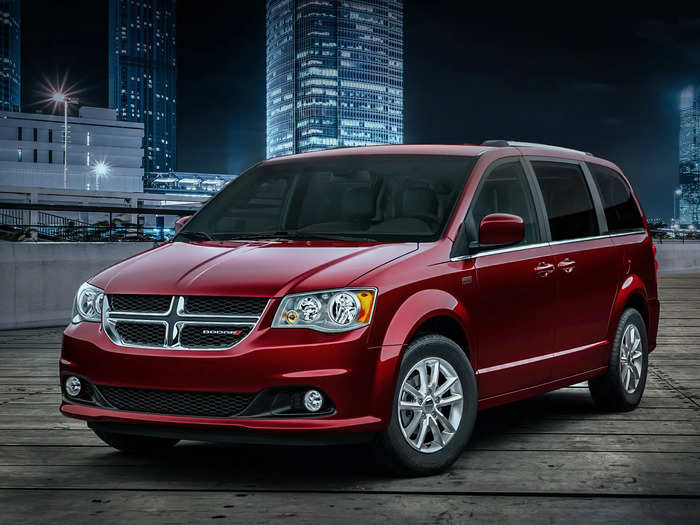
Source: Motor1
This isn't the death of the American minivan, since Fiat Chrysler and others will continue to produce them ...
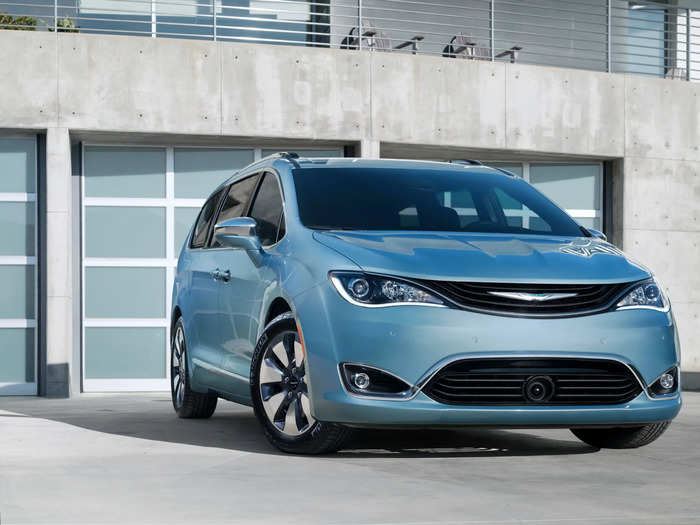
... but the demise of the Grand Caravan marks the end of an era. It's the end of the road for the minivan that started it all.
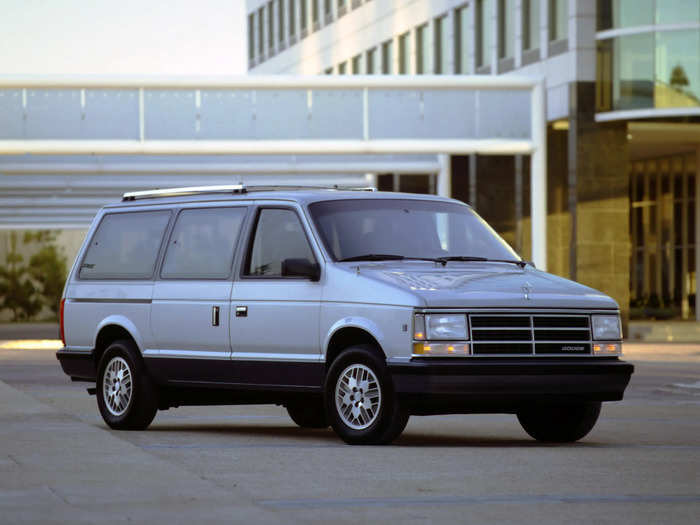
Popular Right Now
Popular Keywords
Advertisement